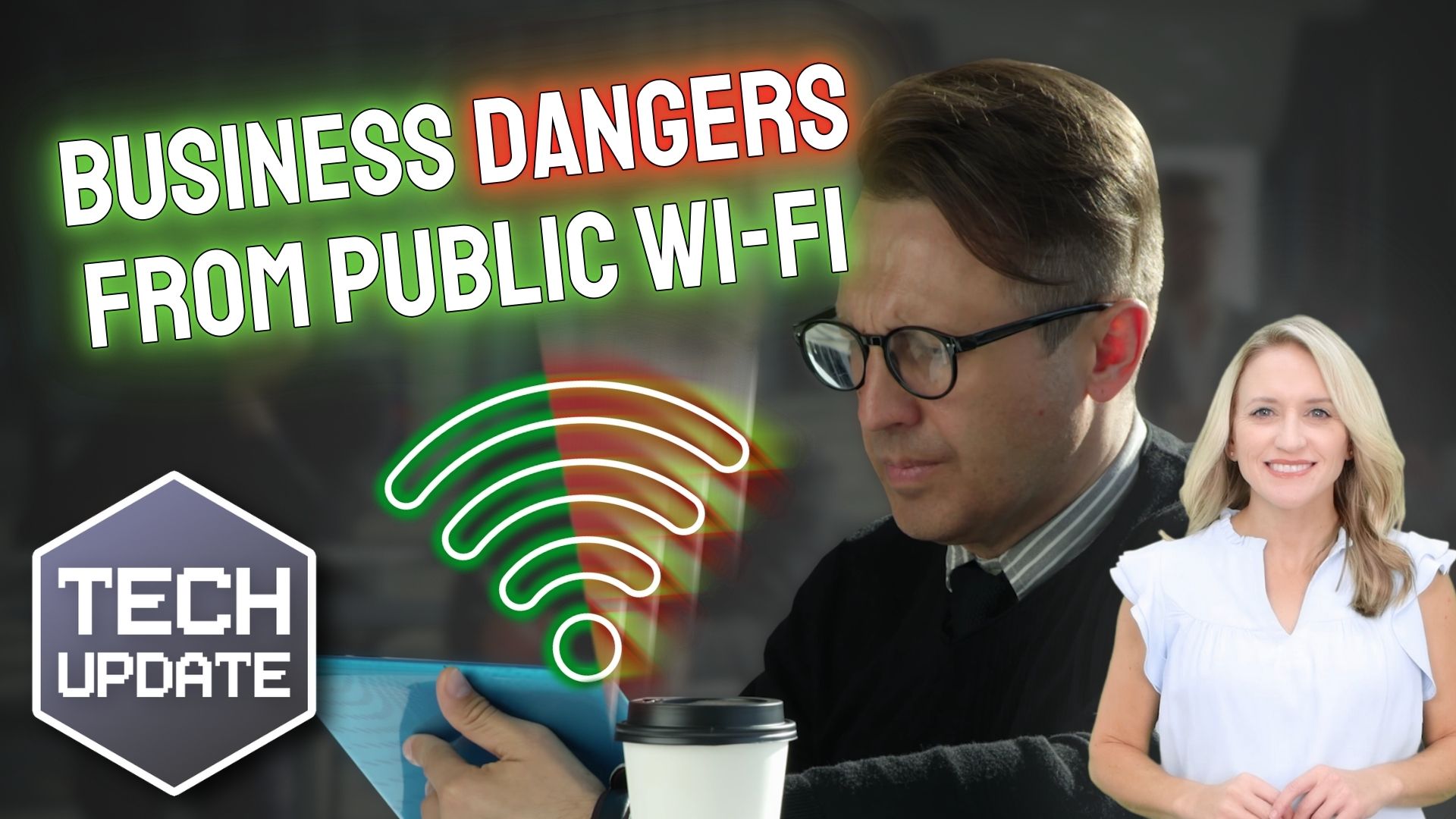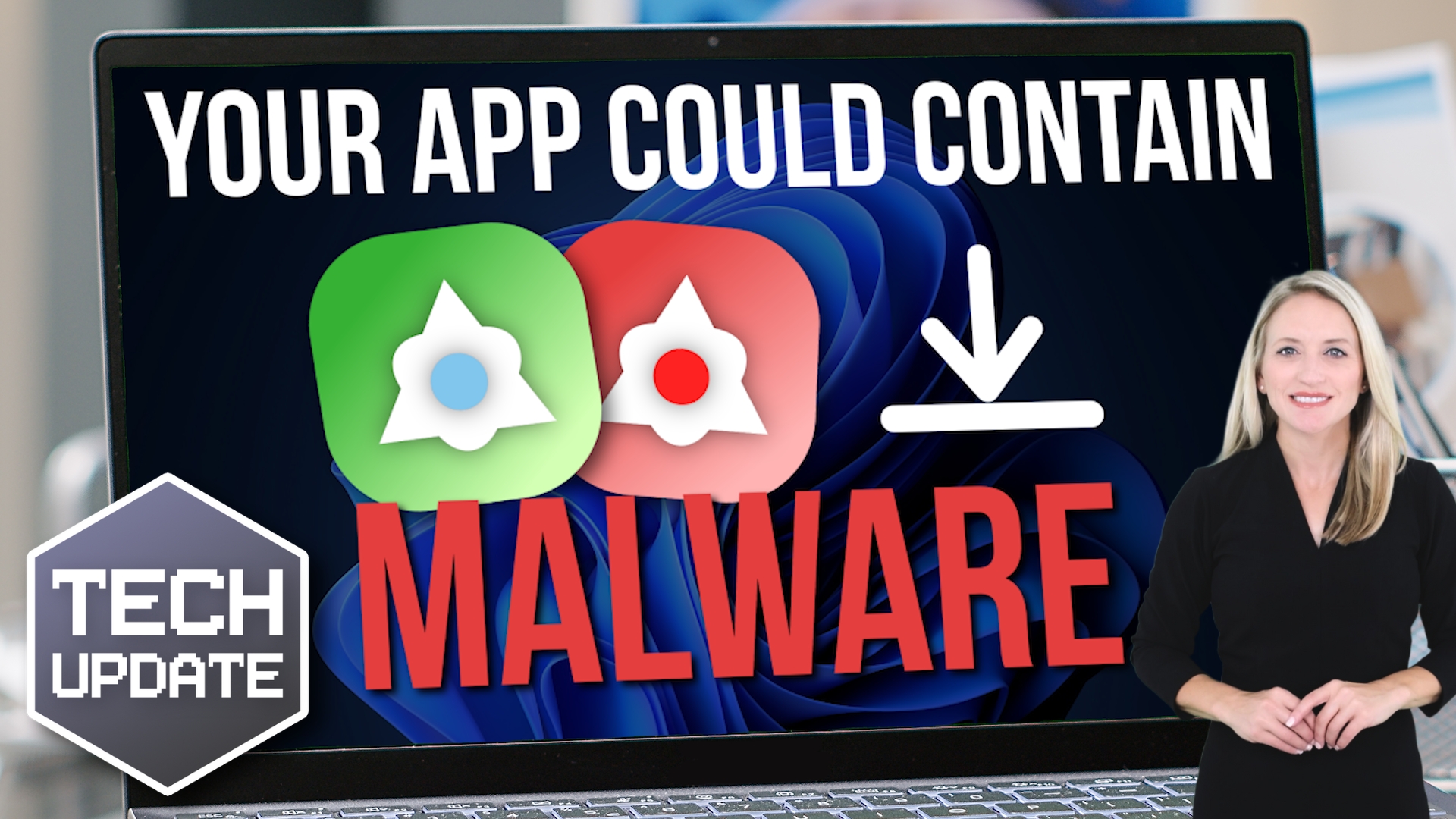The Hidden Dangers of Public Wi-Fi: How to Keep Your Business Safe
Public Wi-Fi is everywhere—coffee shops, airports, hotels, and even public transport. It’s a lifesaver for business travelers and remote workers. But while it’s convenient, it also comes with serious risks.
If you connect to free Wi-Fi without taking precautions, you could be exposing your business data to cybercriminals. The two biggest threats to watch out for? Man-in-the-Middle (MITM) attacks and Evil Twin attacks.
These might sound like something out of a spy thriller, but they’re very real—and they can have devastating consequences for your business.
What is a Man-in-the-Middle (MITM) Attack?
Imagine you’re at a coffee shop, sending an email or logging into your business bank account. You think your device is communicating securely with the Wi-Fi network. But in reality, a hacker has placed themselves between you and the network.
This is called a Man-in-the-Middle (MITM) attack. It allows cybercriminals to intercept and read everything you send or receive—your emails, passwords, credit card details, and more. And the scariest part? You won’t even realize it’s happening.
Hackers can use this stolen data to:
- Steal money from your accounts
- Sell your information to third parties
- Impersonate you in phishing scams
- Access sensitive customer or financial data
For a business, a breach like this could mean financial loss, damaged reputation, and even legal trouble.
What is an Evil Twin Attack?
Now, let’s talk about Evil Twin attacks—another sneaky cybercrime tactic.
Picture this: You’re at an airport and see two Wi-Fi networks—one called “Airport Free Wi-Fi” and another called “Airport Secure Wi-Fi.” They both seem legit, but one is a fake network set up by a hacker.
If you connect to the fake network, the attacker can:
- Monitor everything you do online, just like a MITM attack
- Steal your login details by capturing cookies (the small bits of data websites use to remember you)
- Install malware on your device—without you even clicking anything
In just a few minutes, they could have access to your business emails, customer data, and sensitive financial information.
How to Stay Safe on Public Wi-Fi
Public Wi-Fi doesn’t have to be a security risk if you take the right precautions. Here’s how to protect yourself and your business:
1. Avoid Accessing Sensitive Information
Never enter passwords, banking details, or personal information while using public Wi-Fi. If you wouldn’t want a stranger looking over your shoulder, wait until you’re on a secure connection.
2. Use HTTPS Websites
Before entering any information on a website, check for “https://” in the address bar. The “s” stands for secure, meaning your data is encrypted. If there’s no padlock icon next to the URL, avoid entering any sensitive details.
3. Use Security-Focused Browser Extensions
Extensions like HTTPS Everywhere and Privacy Badger can help protect your browsing by blocking malicious sites and encrypting your data.
4. Turn Off Auto-Join for Wi-Fi
Prevent your phone, tablet, or laptop from automatically connecting to networks—this stops you from accidentally joining a rogue network set up by hackers.
5. Beware of Fake Pop-Ups
Scammers often use pop-ups to trick you into clicking malicious links. If something looks off, close the window instead of interacting with it.
6. Enable Two-Factor Authentication (2FA)
Adding a second layer of security (like a one-time code sent to your phone) makes it much harder for hackers to access your accounts—even if they steal your password.
7. Keep Your Software Updated
Cybercriminals exploit outdated software to break into devices. Regular updates help patch security vulnerabilities and keep hackers out.
Is Free Wi-Fi Worth the Risk?
Public Wi-Fi is convenient, but the risks are real. Cybercriminals are always looking for ways to steal valuable data, and unsecured networks are one of the easiest targets.
Before connecting to free Wi-Fi, ask yourself: Is it worth risking my business’s security?
If you need help securing your business data—no matter where you work—get in touch today.
Next Steps
Are you looking for a new IT service provider? Check out our free guide that explains how to choose your next IT service provider for some quick tips to get you started! Schedule a free 15-minute discovery call with someone from our team to see if we’re a good mutual fit!







